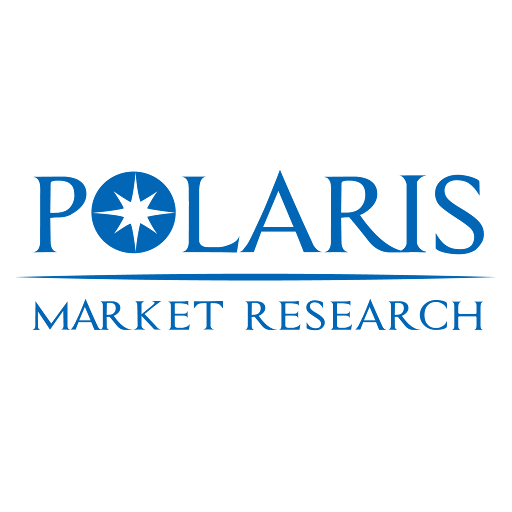Water and Wastewater Treatment Equipment Market Dynamics: Sustainable Solutions, IoT Integration, and Value Chain Optimization

The global water and wastewater treatment equipment market was valued at USD 61.74 billion in 2024 and is projected to grow at a 5.40 percent CAGR from 2025 to 2034. Beneath this aggregate number, certain countries—particularly the United States, China, and Germany—are the engines of adoption, innovation, and market share consolidation. Their national policy impact, local manufacturing bases, R&D leadership, and strategic positioning drive much of the global competitive landscape in water treatment equipment.
In the United States, municipal infrastructure renewal is a powerful force. The U.S. market is under pressure to replace aging water and wastewater systems, propelled by federal funding, stricter effluent guidelines, and emphasis on resilience in climate-exposed regions. Leading U.S. players—including Xylem, Ecolab, and DuPont—are investing in advanced membranes, digital control systems, and energy-efficient modules. Xylem’s decision to raise its 2024 profit forecast based on strength in its water infrastructure business underscores resilient demand in U.S. markets. Many U.S. vendors also position themselves to serve Latin America and Asia via exports and regional hubs.
China is a powerhouse. As part of its environmental crackdown and industrial modernization, the Chinese government mandates stiff wastewater standards, reuse quotas, and bans on emissions, driving domestic deployment of advanced water and wastewater equipment. The Chinese supply chain for membranes, catalysts, and automation is scaling rapidly, giving local companies cost advantage. Chinese OEMs are increasingly packaging equipment with monitoring, control, and analytics layers to compete globally. In Asia Pacific, China’s spillover demand into Southeast Asia and South Asia amplifies its reach.
Germany, as Europe’s industrial nucleus, plays a pivotal role in technology leadership. German firms (e.g. Siemens, BWT, Krones) and research institutions push innovations in sensor fusion, energy recovery, and smart control. Germany’s national policy emphasizes resource efficiency, low-carbon operations, and circular water systems, which elevates demand for high-performance treatment equipment. German exports, especially to European neighbors and Africa, tend to focus on premium technical modules, membrane innovations, and instrumentation.
Corporate strategies reflect the concentration and ambition of these national leaders. Veolia (France) continues to consolidate its presence globally via aqueduct contracts, equipment offerings, and operational services. SUEZ likewise leverages its water services arm to integrate equipment deployment. Xylem (U.S.) acquired Evoqua to expand its portfolio across municipal and industrial segments. Ecolab (U.S.) invests in digital water monitoring platforms to complement chemical dosing equipment, aiming for more holistic offerings. DuPont focuses on membranes and high-end filtration. Pentair, often UK/US-hybrid, expands production footprints in Asia to optimize trade exposure. Many of these firms are reorganizing to push both local manufacturing and global exports. M&A and joint ventures (e.g. with local integrators or digital platform providers) are ongoing as incumbents seek to own both hardware and software layers.
National policy impact is substantial: U.S. infrastructure funding bills, the Bipartisan Infrastructure Law, and the Clean Water Act power capital flows into treatment equipment. In China, government mandates on water reuse and industrial discharge force domestic uptake. In Germany, EU-level water directives and national carbon policy feed premium deployment. These policies influence market share concentration: in mature markets, a few incumbents dominate. But new entrants can also find niches by focusing on R&D leadership—particularly sensor systems, optimization algorithms, low-energy membranes, or hybrid designs. Strategic positioning requires capturing both equipment and analytics layers, so vertical integration is common.
Read More @ https://www.polarismarketresearch.com/industry-analysis/water-and-wastewater-treatment-equipment-market
Turning to Drivers, the interplay of national policies, corporate ESG mandates, and capital availability fuel investment. In the U.S., municipal renewal grants and aging infrastructure accelerate replacement cycles. In China, regulatory mandates and industrial reuse quotas push rapid adoption. In Germany and EU markets, stringent treatment standards and sustainability goals drive upgrades. Restraints include trade and tariff barriers on high-end membranes or catalysts, domestic regulation requiring localization, and capital constraints in municipalities or industrial users. In China and the U.S., export controls on specialized components or smart systems may impede cross-border deployments. Retrofitting older plants raises technical and hydraulic challenges. Workforce and O&M expertise gaps persist in many geographies. Opportunities abound in cross-border expansion: U.S. and German firms can enter emerging markets via local joint ventures or licensing. Chinese firms can export lower-cost modules to Africa, Southeast Asia, and Latin America. Vendors can bundle equipment, monitoring, and servicing to capture recurring revenue. M&A of analytics, sensor, or niche treatment technology firms is fertile ground. In nations planning water infrastructure expansion (e.g., India, Indonesia, Brazil), new contracts offer scale.
Trends to watch include consolidation among top players acquiring specialist technology firms (e.g. sensors, AI diagnostics), increasing specialization of equipment for niche industrial use-cases (semiconductor ultrapure water, pharmaceutical, desalination pre-treatment), and convergence of equipment with digital twins and remote monitoring. Hybrid architectures—edge analytics within equipment plus cloud-level dashboards—reduce latency and ease integration across national boundaries. Outcome-based contracts (e.g. guaranteed effluent compliance, volumetric guarantees) gain traction in mature markets. Finally, alignment of manufacturing bases, trade corridors, and localized production will matter: firms that optimize cross-border supply chains and position production close to demand centers will enjoy lower cost and better responsiveness.
Dominant players by market share:
- Veolia
- SUEZ
- Xylem
- Ecolab
- DuPont
- Pentair
- Aquatech International
More Trending Latest Reports By Polaris Market Research:
Automotive Circuit tester Market
North America and Europe Open RAN Market
- AI
- Vitamins
- Health
- Admin/office jobs
- News
- Art
- Causes
- Crafts
- Dance
- Drinks
- Film
- Fitness
- Food
- Jogos
- Gardening
- Health
- Início
- Literature
- Music
- Networking
- Outro
- Party
- Religion
- Shopping
- Sports
- Theater
- Wellness


